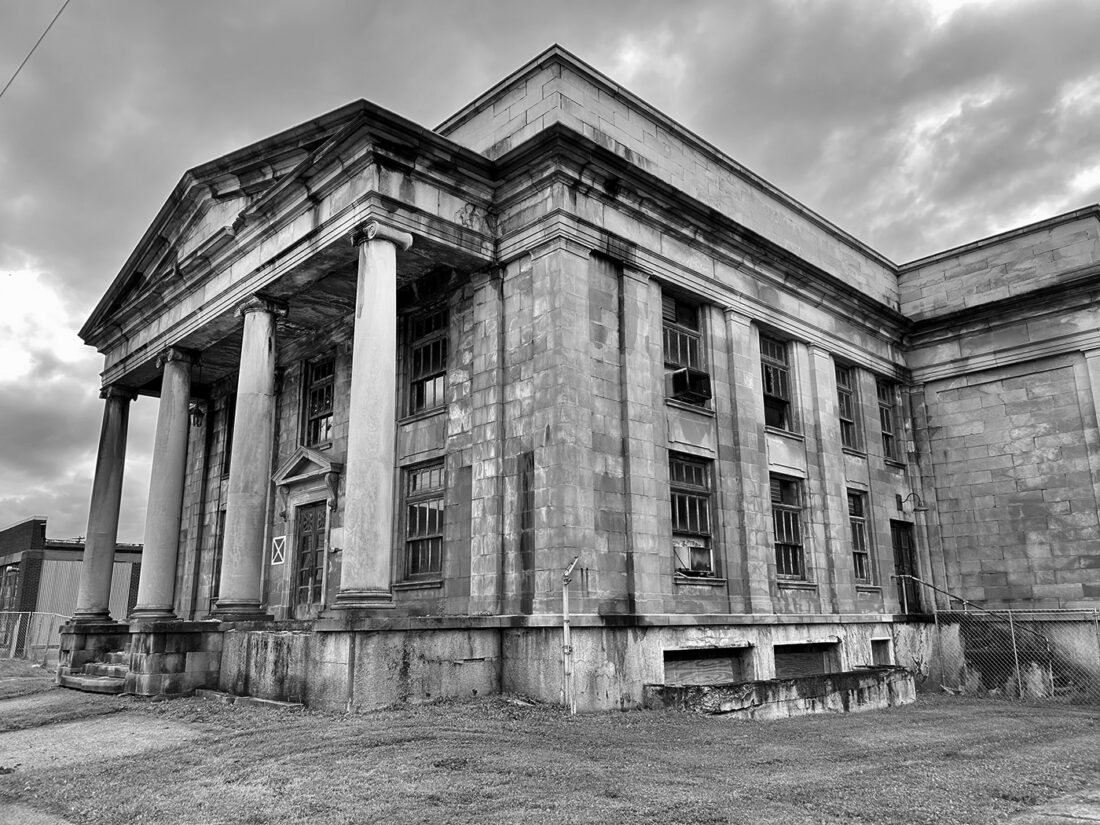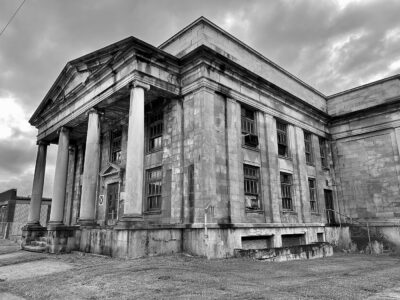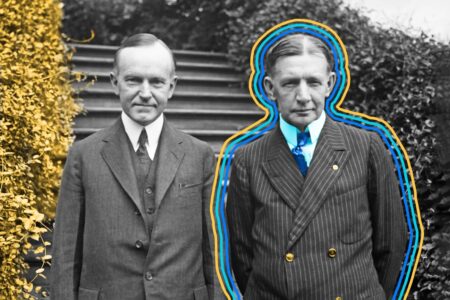Marietta was once an industrial center
- (Photo by Art Smith) A building on Greene Street that was once part of the Safe Cabinet Company.

(Photo by Art Smith) A building on Greene Street that was once part of the Safe Cabinet Company.
100 years ago, a walk around Marietta would have brought you the sounds of a city building things from a wide variety of businesses that were producing a wide variety of goods within walking distance of where people live.
The city was buzzing with the sound of giant saws and hammer presses forming wood, stone and iron into things that people around the world used to live and work. Rail lines ran through the city to get all the goods to markets.
The Sanborn Maps series from 1918 available on the Library of Congress website is a great place to get a true sense of how much production was going on in the city at that time. The maps appear to be slightly out of date at that point though.
We will start our little trip through town on Greene Street. Greene Street was home to a wide variety of production companies. The Becker Manufacturing Company built lavatories in a triangle of land made up of Pike, Greene and Hart streets. Today, the largest of the buildings is used as an apartment building.
Next, we pass the Safe Cabinet Company, which produced office cabinets and fireproof safes. It would later become part of Remington Rand. The large industrial building still stands there today.
Next door the Parkersburg and Marietta Interurban Railroad and Marietta Electric Company provided transportation through the city and electricity to power things.
As we near Acme Street we pass the Ohio Valley Wagon Company. The company had six structures near Greene and Warner streets building a product that was destined to be replaced by the automobile. The company had suffered heavy damage in 1902 when a tornado destroyed part of it. An employee was the only fatality from the storm.
At the intersection with Acme Street we pass the Marietta Paint and Color Company before heading down the hill toward Pattin Brothers Company that built gas engines at the time. Contractor Building and Supply is now at the location. Next to it was a steel mill.
Heading back downtown you could pass the Marietta Chair Company, filling an entire block bordered by Butler, Seventh and Putnam streets, the company made chairs and other furniture that was shipped all over the country. The south end of the block was taken up by stacks of lumber, the north end by more than a dozen interconnecting buildings. Today only Mills Hall at Marietta College remains. If you look at the back side of the building, you can still see some hints of its former use. The rest of the land is taken up with several large dorms and parking lots.
Further down Seventh Street you pass the Thomas Cisler and Son Brickyard near where Giant Eagle is today. The company produced millions of bricks that not only built buildings, but also the roads leading to them. The “new” Marietta High School would be built with bricks from the brickyard. Today the school is Marietta Elementary School.
The south end of downtown was home to a wide variety of small manufacturing companies. 126 Second St. for instance was a second location for Pattin Brothers. The trip hammers in use there could likely have been heard for blocks. A variety of businesses catered to the oil industry in the area, including the Buckeye Supply Company at Second and Greene streets. Foundries, machine shops and wood planing companies existed throughout the city to support the many industries.
Downtown on Putnam Street, the Strecker Brothers Company produced horse saddles. The building would later become a JCPenney location; today it is empty.
At the confluence of the Ohio and Muskingum rivers, the G.T. Nye and Son Company produced stoves in a group of buildings. The area would later become the U.S. Army Corps of Engineers location.
Harmar was home to a variety of producers as well, including the Marietta Mantel Company on Wood Street and the Nodust Manufacturing company that made soap next door, the company was destroyed by fire on June 26, 1912.
The Stevens Organ and Piano Company produced instruments at a large facility near the intersection of Gilman and Virginia streets.
When ownership of cars became standard, new companies tended to locate outside of towns, including Marietta. The wide-open spaces allowed for the construction of the sprawling manufacturing facilities that can be found today.
Art Smith is online manager of The Marietta Times, he can be reached at asmith@mariettatimes.com



